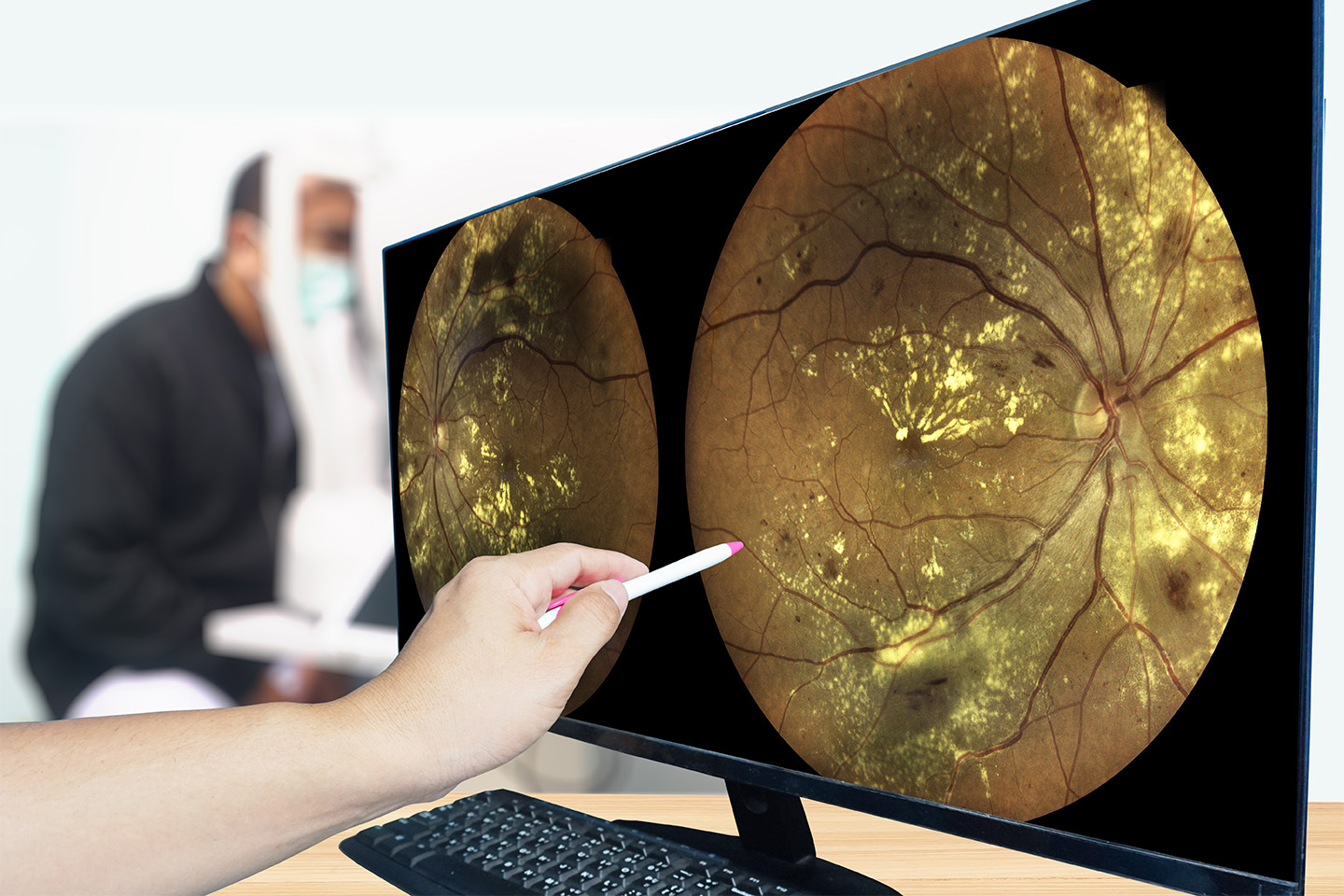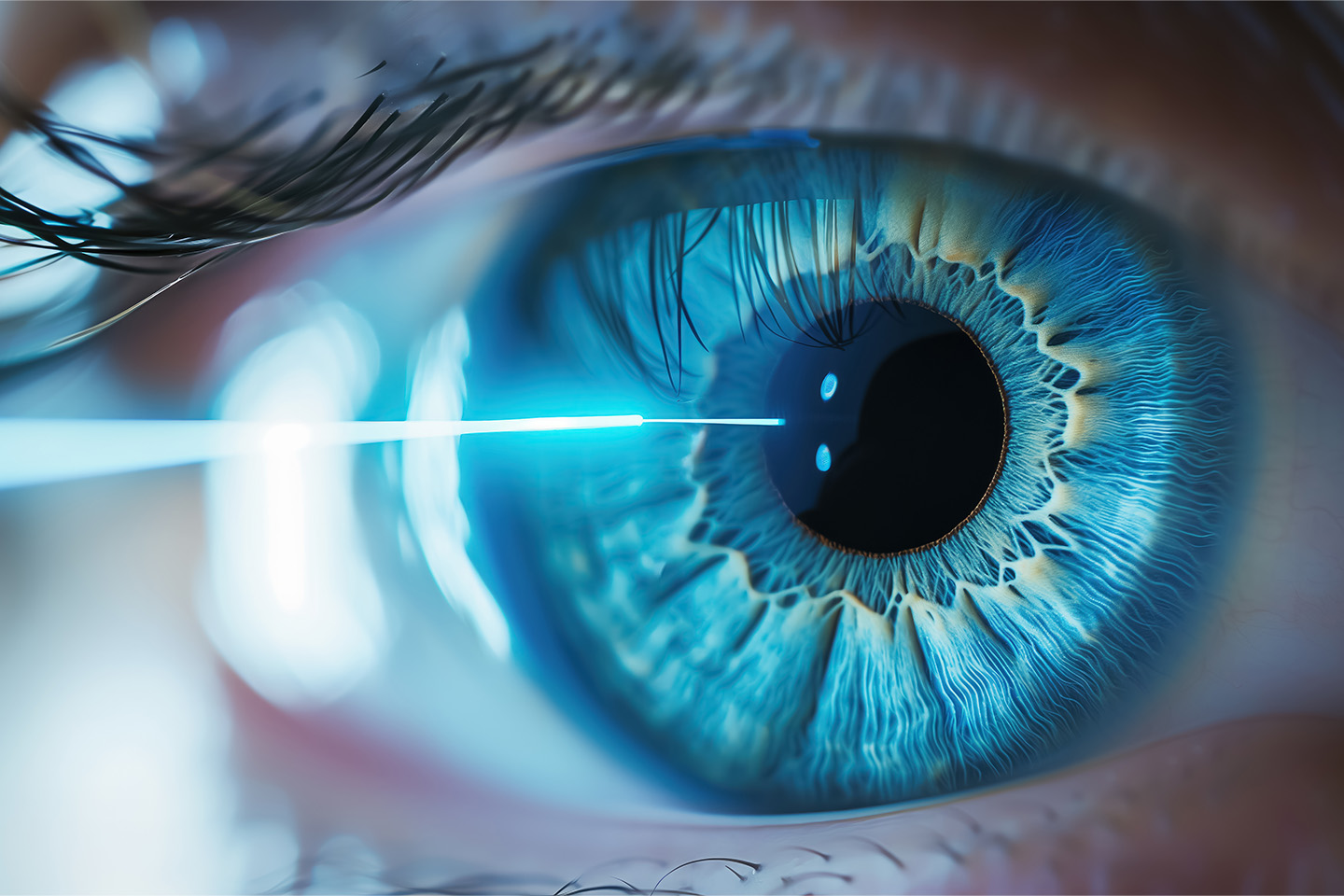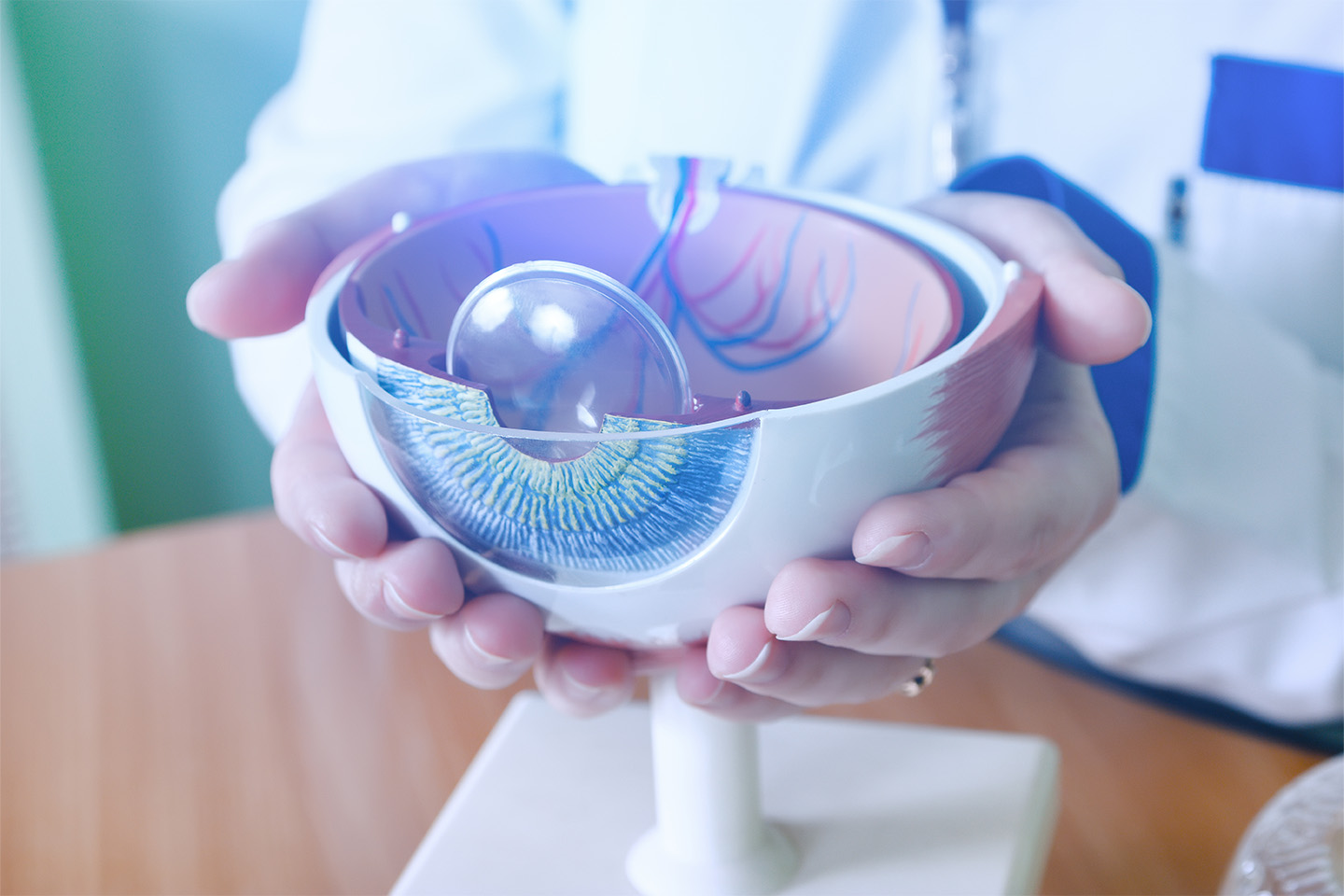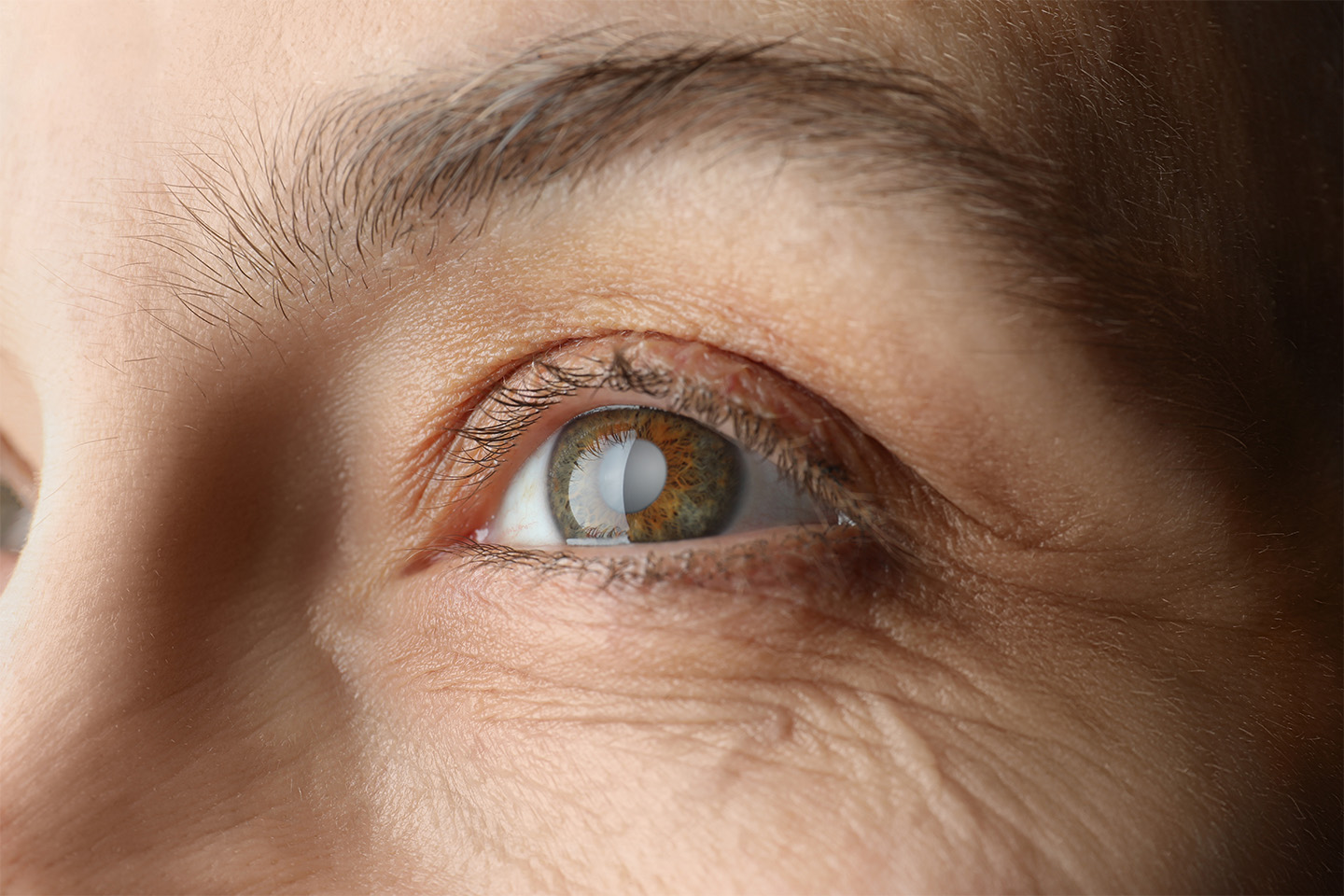Does Cataract Surgery Change the Color of Your Eyes? Understanding Post-Surgery Changes

It’s common for our vision to change as we age. For millions of adults over age 40, cataracts are often the culprit when it comes to blurry or double vision. Cataracts develop when a buildup of proteins in the eye’s natural lens leads to cloudiness, affecting color perception and clarity of vision. During cataract surgery, the cloudy natural lens is replaced with a clear artificial intraocular lens, which improves vision quality and can cause temporary color distortions. Cataract surgery is a safe and effective procedure that can restore your vision, generally with only minimal, temporary side effects and no permanent change to your eye’s natural appearance.
What Happens During Cataract Surgery?
Each eye has a natural lens, a flexible lens located behind the iris, which is the colored part of the eye. The lens refracts light rays entering the eye, helping to focus the light and create a clear, crisp image. A cataract is a cloudy lens. It develops when proteins in your eye’s natural lens, called crystallins, break down with age and cluster together. This results in blurry or hazy vision, increased light sensitivity, diminished night vision, yellowing of colors, and other symptoms of vision problems.
During cataract surgery, the eye surgeon administers a local anesthesia and replaces the clouded lens with an artificial intraocular lens (IOL) made of silicone, acrylic, or plastic. Multifocal lenses are an option that can provide freedom from glasses and improve quality of life. Different surgical techniques allow for options to best meet your unique needs and often take no longer than 20 minutes. Most surgeries use a process called phacoemulsification, during which the eye surgeon removes the cataract through a microscopic incision while keeping the lens capsule intact to provide a place for the IOL to rest. This surgical procedure eliminates the need for sutures or patches after the surgery. The new artificial lens has different filtration properties compared to the natural lens, particularly in relation to blue light sensitivity, which can affect the visual effects experienced by users.
Seeing Changes After Cataract Surgery
Cataract surgery doesn’t affect how your eye physically looks. The color of your iris doesn’t change, and the intraocular lens isn’t visible. You may, however, notice some temporary side effects:
- Slight bruising at the anesthesia injection site, which should fade within a few days.
- A bloodshot appearance or red eye is typically caused by inflammation or a broken blood vessel and generally diminishes within two to three weeks.
- Droopy eyelids are fairly common and occur most frequently in people whose eyelids swell after surgery. They typically resolve themselves without treatment in approximately six months.
- Mild redness may also occur as part of the healing process and should subside over time.
Many patients report clear vision immediately after the procedure, but it’s not unusual for an increase in blurred vision or light sensitivity for a short period of time. Other side effects can include dry or scratchy eyes, light glare, or halos. These side effects should also subside as the eye heals, but always call your eye doctor immediately with any concerns. Visual phenomena such as glimmers, halos, or starbursts can be particularly noticeable in low light conditions due to the interaction of light with the newly implanted intraocular lens.
Follow your doctor’s instructions carefully and thoroughly to help ensure uncomplicated healing and the best post-surgery vision. Temporary changes in color perception, such as color distortion, may occur as your brain adjusts to the new lens. This can include noticing a blue tint or haze, which is a normal part of the adaptation process.
Timeline of Eye Appearance Recovery
Cataract surgery is minimally invasive, but because it involves delicate structures in and around the eye, it’s normal for your eye to look slightly different during the recovery process. While the procedure itself won’t change your iris color or the shape of your eye, temporary changes in appearance are common—and usually nothing to worry about. Proper healing is crucial during this period to ensure the best outcomes.
Prescribed eye drops play a vital role in promoting healing, preventing infection, and maintaining eye comfort during the recovery period after surgery.
Here’s what most patients can expect during the healing process:
- First 24–72 hours:You may notice some redness in the white of the eye (conjunctiva), along with mild swelling around the eyelids. This can be caused by the local anesthesia injection or the surgical instruments used during the procedure. A sensation of grittiness or dryness is also common. Slight bruising around the eyelid may appear but typically fades quickly. Using a protective eye shield is crucial during this time to prevent accidental contact with the eye and aid in the healing process.
- Days 4–14: Redness may persist for a week or two, especially if there’s inflammation or a broken blood vessel. It’s not unusual to see a “bloodshot” look that slowly fades as the eye heals. Vision often continues to improve during this time, though it may still fluctuate with lighting and fatigue.
- Weeks 3–4: Most cosmetic changes, such as redness or minor swelling, are resolved by this point. Vision becomes more stable, and your eyes should feel more comfortable overall. Any lingering dryness or sensitivity can usually be managed with lubricating eye drops.
- Months 1–6:In some cases, patients experience ptosis, or droopy eyelids, which is typically temporary and due to mild swelling or manipulation of the eyelid during surgery. This tends to resolve on its own over several months. During this stage, your eyes should look and feel much like they did before the procedure—only now with clearer vision.
While everyone’s healing timeline is slightly different, most patients find that their eye’s appearance returns to normal within a few weeks. Consistently following your surgeon’s post-operative instructions helps ensure a smooth and speedy recovery.
When to Be Concerned
While temporary changes in eye appearance—like redness or mild swelling—are part of the normal healing process, it’s important to know what symptoms go beyond the expected and may indicate a more serious issue. Using prescribed eye drops is crucial to promote healing and prevent infection, ensuring a safe recovery by keeping the eyes healthy and free from complications during the initial healing phase.
If you notice any of the following, contact your eye surgeon or ophthalmologist right away:
- Persistent or worsening pain that doesn’t improve with prescribed medication
- Sudden vision changes such as significant blurriness, dark spots, or loss of vision
- Excessive redness or swelling that lasts beyond two weeks or appears to be getting worse
- Yellow or green discharge, which may signal an infection
- Increased sensitivity to light or the presence of halos and glare that interfere with daily life
- New floaters, flashing lights, or a curtain-like shadow across your vision—possible signs of retinal detachment
In some cases, patients may develop posterior capsule opacification (PCO) after cataract surgery. A YAG laser capsulotomy is a quick, painless outpatient procedure that creates a small opening in the cloudy capsule, allowing light to pass through clearly.
Although complications after cataract surgery are rare, they can happen—and early treatment is essential to protecting your vision. The most serious concern is endophthalmitis, a rare but severe eye infection that can occur if bacteria enter the eye during surgery. This condition requires immediate attention and treatment.
Also, if your eye still appears bloodshot or inflamed beyond the typical 2–3 week period, even without other symptoms, it’s a good idea to call your doctor. They may want to rule out other causes or adjust your post-operative care plan, especially if you have other eye conditions like age-related macular degeneration.
Remember, your surgeon expects questions during recovery—and no concern is too small. Reporting symptoms early gives your care team the best opportunity to ensure a full and healthy recovery.
Schedule Your Cataract Surgery Consultation Today
Are you experiencing symptoms that could possibly indicate cataracts? Our cataract self-test can help you determine if it’s time for an evaluation. The team of cataract surgery experts at ICON Eyecare has more than 20 years of experience, and we’re committed to delivering outstanding results using the most advanced technology and the latest Intraocular Lens options. Patients often report a significant improvement in their quality of life following cataract surgery. Request your appointment with us today to begin your journey toward improved vision and an improved quality of life.
[DISPLAY_ULTIMATE_SOCIAL_ICONS]








